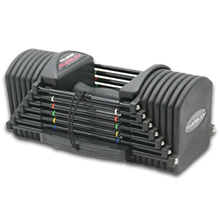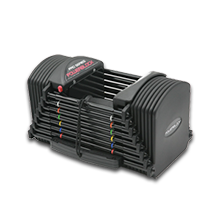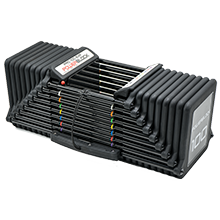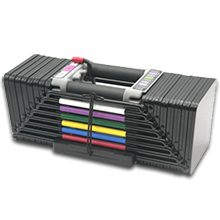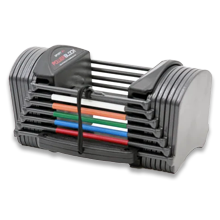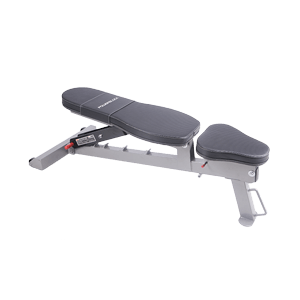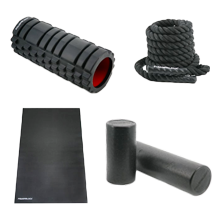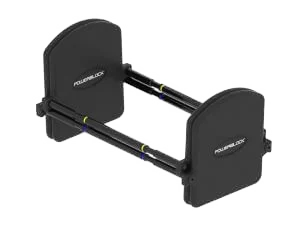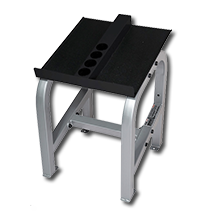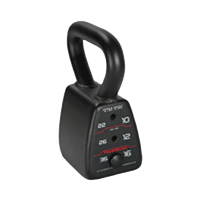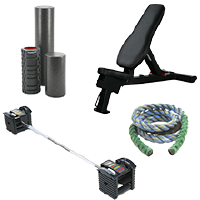
How Many Reps Is Right For You?
As a trainer, I have clients who come to me with specific goals in terms of their physique and function. They want to build more muscle, or get really strong, but often aren’t sure how to approach it. I recall working with a client who came to me saying he wanted to get really strong for football, and his current training wasn’t producing the results he wanted.
He was a lineman, so strength was a priority for him, but when I asked him what he was doing, it was not in line with his goals. Like many clients, he told me he was following a basic “3-4 sets of 10-12 reps” program structure. There isn’t anything wrong with this approach for the average person, but as an athlete with very specific goals, it needed to be tweaked to achieve his desired outcomes.
The first thing to understand about rep ranges, sets, and rest times, is that the results are on a continuum — meaning they don’t only produce 1 outcome. Depending on the ranges and rest time, they will produce a primary outcome, along with secondary outcomes that will be less pronounced.
Here are the basics on rep ranges, sets, and rest time:
1-5 reps:
The result will primarily be strength. Directly stimulating a strength response requires you to lift heavy things. There is an inverse relationship with reps and rest time. As reps go down, the amount of rest time before your next set goes up. It could be anywhere from 2-5 minutes depending on the volume and intensity of your training.
6-10 reps:
This is regarded as the sweet spot for hypertrophy, which is muscle growth. If you’re a body builder, you likely spend a lot of time in this rep range to optimize your size. Rest periods can be a little less for this range, typically from 1:30-2:00 between sets.
11 and up:
Higher repetition training will cause more muscular endurance gains. People use these workouts to help reduce body fat and tone their muscles. Rest time with these workouts are usually shorter at a minute or less.
The number of sets you do is totally dependent on your goals, the intensity of your workout, and the volume you require for the particular block of training you’re in at the time. You can add and reduce as necessary, but typically 2-4 sets is sufficient for most people.
Email [email protected] with any comments, questions, or concerns. Or if you are interested in becoming a blog contributor.
